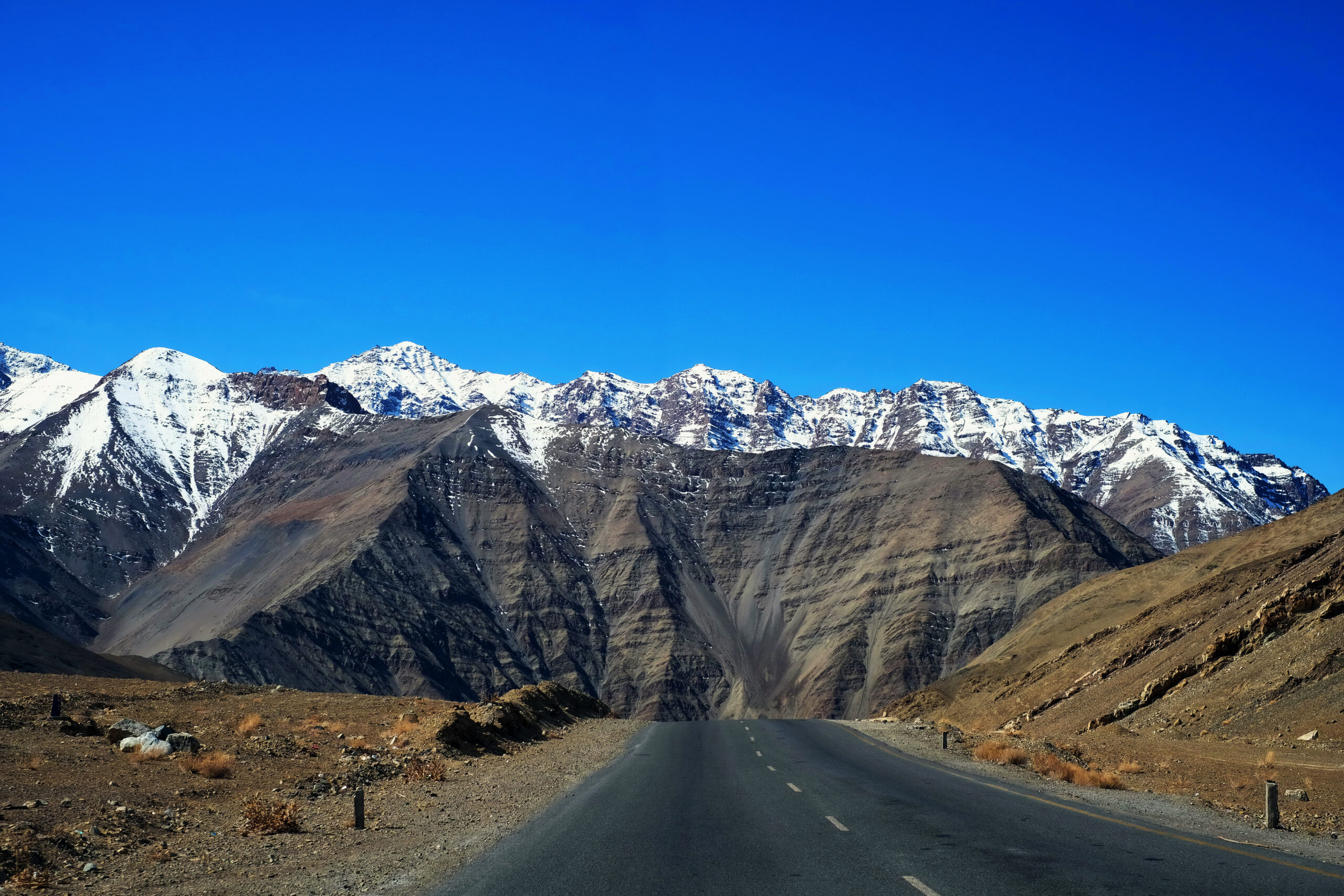The strange physics of gravity hills and mystery spots.
There are places on Earth where the laws of gravity appear to go on holiday. Balls roll uphill, cars coast backwards without engines running, and people seem to lean at impossible angles without falling over. These “gravity hills” and mystery spots have baffled visitors, sparked folklore, and challenged our senses for generations. But are they the result of genuine anomalies in Earth’s gravity—or just cleverly disguised optical illusions? In this article, we dig into the world’s strangest anti-gravity spots and uncover the science (and sometimes trickery) behind them.
Outline
- Introduction
- What Are Gravity Hills and Mystery Spots?
- The Power of Optical Illusions
- Famous “Gravity-Defying” Locations
- Magnetic Hill, India
- Mystery Spot, California
- Gravity Hill, Pennsylvania
- Electric Brae, Scotland
- Mount Aragats, Armenia
- Is Gravity Really Changing in These Places?
- How Our Brains Can Be Fooled
- The Role of Landscape, Horizon, and Perception
- Cultural and Supernatural Interpretations
- Can Gravity Actually Vary on Earth?
- Final Thoughts
Introduction
Gravity is supposed to be a constant—an invisible force pulling everything towards the centre of the Earth. Drop your keys? They fall. Park your car on a hill? It rolls down.
But what if your car started rolling uphill? What if water flowed backwards? What if standing straight made you feel like you were leaning?
Around the world, there are hundreds of locations where gravity seems… broken. But are these places genuine scientific anomalies, or is our brain being tricked by its own cleverness?
What Are Gravity Hills and Mystery Spots?
Gravity hills are roads or slopes where objects appear to roll uphill against gravity. Mystery spots are often part of roadside attractions that include slanted cabins and weird architecture where visitors seem to defy the laws of physics.
Key features of these places include:
- Cars or balls appearing to roll uphill
- People appearing taller or shorter depending on position
- Rooms where the angle of the floor doesn’t match what your brain expects
- Sensations of dizziness or spatial disorientation
These sites are often marketed as places where the rules of physics don’t apply—but the real explanation is often far more fascinating.
The Power of Optical Illusions
The key to understanding these strange places lies in one thing: your brain can be tricked.
Optical illusions occur when your brain misinterprets what your eyes are seeing. In the case of gravity hills:
- The surrounding landscape lacks a reliable horizon
- Trees and fences may lean at odd angles
- The road itself may be sloped, but appears flat or uphill
This tricks your brain into perceiving a downward slope as an upward one. So when a car or ball rolls downhill, it appears to be rolling uphill.
Famous “Gravity-Defying” Locations
Let’s take a little tour of Earth’s weirdest anti-gravity spots:
Magnetic Hill – Ladakh, India
One of the most famous gravity hills in the world. Located near Leh, Magnetic Hill appears to pull cars uphill when left in neutral.
- Locals call it a “magnetic hill”
- Tourists flock here to experience the eerie sensation
- In reality: a perfectly designed optical illusion where the downward slope appears to be rising
Mystery Spot – Santa Cruz, California, USA
A classic American roadside attraction that dates back to the 1940s.
- Visitors feel off-balance
- Water appears to flow uphill
- People appear to stand at impossible angles
- Structures are built to manipulate perspective and orientation
It’s more amusement park than science anomaly—but undeniably fun.
Gravity Hill – Bedford County, Pennsylvania, USA
A quiet road where:
- Balls, bottles, or cars appear to roll uphill
- The illusion is most convincing on overcast days when the horizon is less visible
The roadside is often marked with signs, and it’s a popular “secret” destination for curious drivers.
Electric Brae – Ayrshire, Scotland
An old classic. “Brae” means hill or slope in Scots. For centuries, locals believed:
- There were magnetic forces at work
- Cars would coast uphill
- Animals appeared to resist gravity
Again, it’s all a matter of visual trickery—but the legend persists.
Mount Aragats – Armenia
Near the Armenian Alphabet Monument, there’s a stretch of road where water seems to flow uphill.
- It’s one of the most visually convincing gravity hills
- Local guides will often demonstrate it with water bottles or cars
- Scientifically, it’s a downward slope with clever surroundings that skew your perspective
Is Gravity Really Changing in These Places?
Short answer: No.
Gravity on Earth does vary slightly from place to place—but not enough to cause cars to roll uphill.
These tiny changes are due to:
- The Earth’s uneven shape (it’s not a perfect sphere)
- Variations in mountain mass or subsurface density
- Tectonic differences and rotational effects
These gravity differences are measured in milligals—far too small to affect your car’s direction.
So when something “rolls uphill,” it’s not because gravity is weaker or reversed—it’s because you’ve been visually deceived.
How Our Brains Can Be Fooled
Your brain uses visual cues—like the horizon, vertical trees, and straight buildings—to interpret what’s “up” and “down.”
If these cues are skewed, missing, or manipulated, the brain:
- Guesses the slope based on available references
- Gets it wrong if those references are false or tilted
- Feels disoriented, especially if your inner ear (vestibular system) disagrees
This is why visitors to mystery spots often feel:
- Light-headed
- Off-balance
- Amazed (and sometimes slightly nauseated)
The Role of Landscape, Horizon, and Perception
Three main elements affect your sense of slope:
1. The Horizon
- A clear, visible horizon helps orient the brain
- If blocked by hills, trees, or buildings, your perception skews
2. Leaning Structures
- Trees or fences that lean can make a downhill slope look flat—or even uphill
- Many “mystery spots” are designed this way on purpose
3. Framed Context
- Rooms with angled walls and floors trick your brain into seeing people leaning or shrinking
- The tilt makes normal behaviour look gravity-defying
Cultural and Supernatural Interpretations
Before science explained these illusions, many cultures turned to:
- Spirits or haunted places
- Magnetic anomalies (a common myth)
- Witchcraft or ley lines
- The idea that the Earth was “weeping” or reacting to sins
Today, these myths are part of the charm and tourism appeal. Even if the mystery is solved, the magic still lingers.
Can Gravity Actually Vary on Earth?
Technically, yes—but very slightly.
Fun facts:
- You weigh slightly less at the equator than at the poles
- Gravity is weaker at higher altitudes (like mountains)
- Canada’s Hudson Bay has slightly lower gravity due to ancient glacial activity
But again, these differences don’t reverse gravity or let things roll uphill. They’re only detectable with sensitive scientific instruments.
Final Thoughts
“Gravity-defying” places aren’t loopholes in physics—they’re beautiful demonstrations of how powerfully our perception shapes reality.
What your brain sees isn’t always what’s real—and these strange slopes prove it. Whether it’s a hill in India, a forest in California, or a stretch of road in Scotland, these places remind us that science and mystery can exist side by side.
So next time you’re standing on a slope that feels like magic, enjoy it. Just don’t forget your physics.
Because sometimes, gravity isn’t broken—your brain is just being wonderfully fooled.







